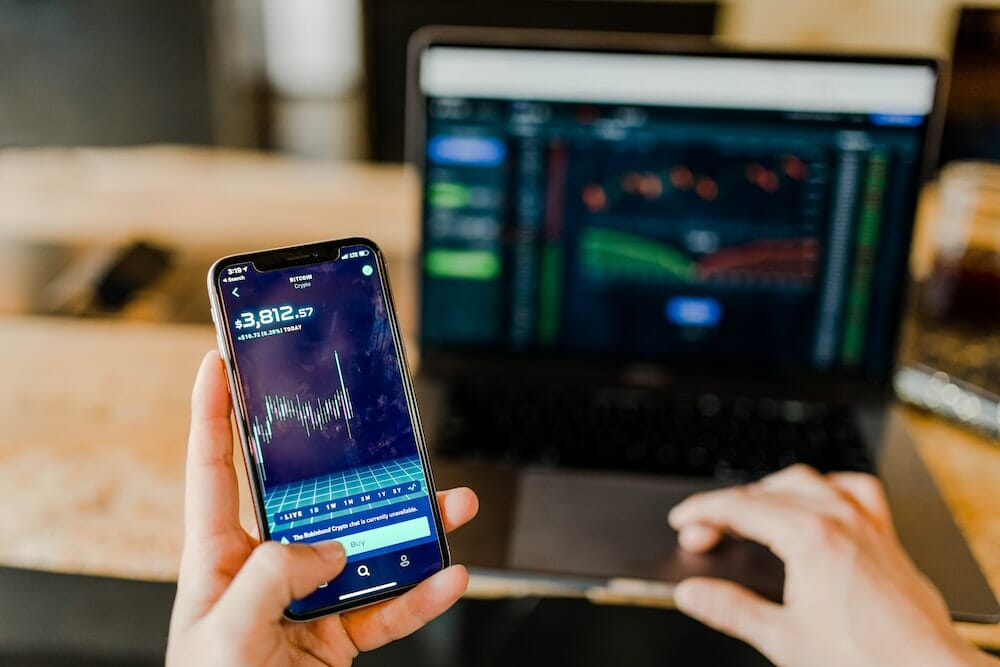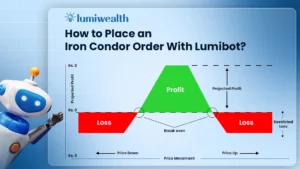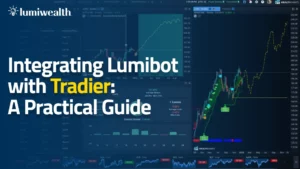With the advent of technology, the world of finance has seen an unprecedented rise in the usage of quantitative methods for trading. Python is one of the most popular programming languages used for quantitative trading and has become the go-to language for creating sophisticated trading algorithms. In this blog, we’ll discuss how you can use Python to create a profitable forex trading algorithm.
Introduction to Python for Forex Trading
Python is a general-purpose programming language that is used in many different industries. It is a powerful and versatile language that is used to build software applications, develop websites, and automate tasks. It is also well-suited for quantitative trading, as it provides powerful libraries for data analysis and manipulation. Python is the language of choice for many financial institutions and traders, and it is used for a variety of tasks such as backtesting strategies, automating trading processes, and creating advanced trading algorithms.
The use of Python for forex trading has been growing in popularity in recent years due to its versatility and user-friendly nature. Python is an ideal choice for forex traders who want to create their own trading algorithms and automate their trading processes. It is easy to learn, and there are numerous tutorials, libraries, and frameworks available to help traders get started.
How to Get Started with Python for Forex Trading
If you are new to Python and want to start using it for forex trading, the first step is to install the language and the necessary libraries. The most popular distribution of Python is Anaconda, which comes with the necessary libraries and tools for data science and machine learning. Once you have installed Anaconda, you will need to install the necessary libraries for forex trading. These libraries include pandas, numpy, and matplotlib.
Once you have installed the libraries, you will need to familiarize yourself with the language. If you are new to programming, it is recommended that you start with a tutorial or online course. There are numerous resources available online that can help beginners get up to speed with Python.
Once you have a basic understanding of the language, you can start learning about the different libraries and frameworks for quantitative trading. The most popular libraries for forex trading with Python are Zipline, Quantopian, and Backtrader. Zipline is a powerful library for creating automated trading strategies, while Quantopian and Backtrader are popular frameworks for developing and testing trading algorithms.
Benefits of Python for Forex Trading
Python offers a number of benefits for forex traders. It is a powerful and versatile language that is easy to learn and use. It has a wide range of libraries and frameworks for creating sophisticated trading algorithms. It is also open source, meaning it is free to use and modify.
Python is also an ideal choice for backtesting trading strategies. It is easy to use and provides powerful libraries for data analysis and manipulation. Backtesting is an essential part of developing a profitable trading strategy, and Python makes it easy to test and optimize trading strategies.
Finally, Python is a great choice for automating trading processes. It provides powerful libraries for connecting to trading platforms, executing trades, and managing risk. Automating trading processes can help traders save time and improve their trading results.
Creating a Profitable Forex Trading Algorithm
Creating a profitable forex trading algorithm is no easy task. It requires knowledge of financial markets, trading strategies, data analysis, and programming. The process starts with identifying a trading strategy that has the potential to be profitable. Once you have identified a strategy, you will need to backtest it to determine its profitability.
Once you have identified a profitable strategy, you will need to develop a trading algorithm. This involves coding the strategy using a programming language such as Python. The algorithm should be able to execute the strategy in real time and manage risk.
Once you have developed the algorithm, you will need to test it in real-time to determine its performance. This is done by running the algorithm on a live trading platform and monitoring its performance. If the algorithm performs well in real-time, it can be used for live trading.
Data Analysis for Forex Trading with Python
Data analysis is an essential part of forex trading. Traders need to analyze historical data to identify profitable trading strategies and backtest them to determine their performance. Python provides powerful libraries for data analysis such as pandas and numpy. These libraries make it easy to manipulate and analyze data for trading purposes.
Data analysis is also used for optimizing trading algorithms. Traders can use data analysis to determine which parameters of the algorithm are most effective and to optimize the algorithm for better performance.
Advanced Python for Forex Trading
Once you have mastered the basics of Python for forex trading, you can start to explore more advanced concepts. Advanced topics include developing your own library of trading functions, creating an automated trading system, and connecting to external trading platforms.
Developing your own trading library is useful for developing complex trading strategies and automating trading processes. Creating an automated trading system involves connecting the trading library to an external trading platform and executing trades automatically. Connecting to an external trading platform involves using an Application Programming Interface (API) to connect to a broker or trading platform.
Automating Your Forex Trading with Python
Automating forex trading with Python is a great way to save time and improve trading results. Automating trading processes can help traders identify trading opportunities faster, execute trades faster, and manage risk more effectively.
Automating trading processes with Python involves connecting to an external trading platform, executing trades, and managing risk. The process involves writing code to connect to the trading platform, execute trades, and manage risk. The code should be written in a way that is robust and can handle any market conditions.
Once the trading system is automated, it can be tested in real-time on a live trading platform. This allows traders to monitor the performance of the system and make adjustments as needed.
Developing a Backtesting System for Your Forex Trading Strategy
Backtesting is an essential part of developing a profitable forex trading strategy. It involves testing a trading strategy on historical data to determine its performance. Python is a great choice for backtesting trading strategies, as it provides powerful libraries for data analysis and manipulation.
Developing a backtesting system involves creating a trading algorithm that can execute the strategy on historical data and calculate the performance of the strategy. The system should also be able to identify any potential issues with the strategy, such as market risk or liquidity risk.
Once the backtesting system is developed, it can be tested in real-time on a live trading platform to determine its performance. This allows traders to compare the performance of the backtesting system to the performance of the real-time trading system.
Common Pitfalls of Trading with Python
Trading with Python carries some risks, and there are some common pitfalls that traders need to be aware of. The most common pitfalls include lack of experience with the language, lack of understanding of financial markets, and lack of understanding of trading strategies.
It is important to have a good understanding of Python before attempting to use it for trading. It is also important to have a good understanding of financial markets and trading strategies. Without the proper knowledge, it is easy to make mistakes that can lead to significant losses.
It is also important to ensure that the trading system is robust and can handle any market conditions. If a trading system is not robust, it could lead to significant losses.
Conclusion
Python is a powerful and versatile language that is ideal for forex trading. It provides powerful libraries for data analysis and manipulation, making it easy to create sophisticated trading algorithms. It is also easy to learn and use, making it a great choice for beginners.
Creating a profitable forex trading algorithm is not easy, but it is possible with the right knowledge and tools. Python is a great choice for creating trading algorithms, as it provides powerful libraries for data analysis, automation, and connection to external trading platforms. With Python, traders can create sophisticated trading algorithms that have the potential to be highly profitable.
If you’re interested in learning more about Python for forex trading, click here to sign up for one of our free classes today and start learning how to create your own profitable trading robots!




